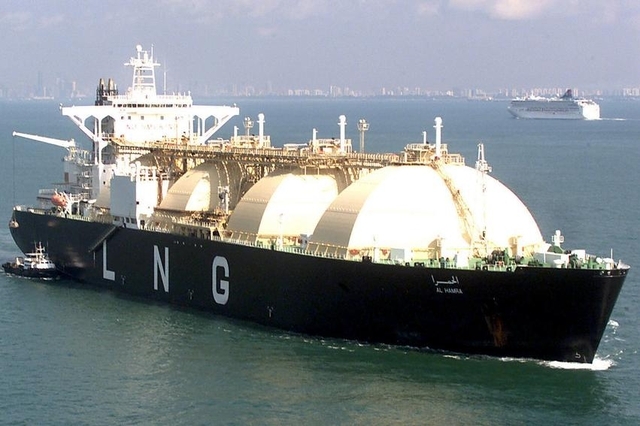Liquefied natural gas (LNG) bunkering is a particular type of operation where LNG fuel is transferred from a given distribution source to an LNG-fuelled ship. It involves the participation of different stakeholders, from the ship-side, LNG supplier, ports, safety personnel and administrations.
As demand for LNG-fuelled vessels has increased, so has the demand for practical, cost-effective and efficient LNG bunkering, so there was an urgent need for an International Standard to ensure LNG bunkering operations could be conducted safely. The new ISO 20519, Ships and marine technology – Specification for bunkering of liquefied natural gas fuelled vessels, will help operators select vessel fuel providers that meet defined safety and fuel quality standards.
In recent years, the ships and vessels fuelled with LNG have become larger, transit greater distances and may bunker in a greater number of ports in different countries. As a result, the number of parties involved in LNG bunkering is growing rapidly. Standardizing safety practices had become necessary to ensure that, no matter where the bunkering took place, there would be a common set of requirements that were understood across the board – from LNG provider to ship personnel.
ISO 20519 contains requirements that are not covered by the IGC Code, the prevailing international code for the safe carriage by sea of liquefied gases in bulk. It includes the following items:
- Hardware: liquid and vapour transfer systems
- Operational procedures
- Requirement for the LNG provider to provide an LNG bunker delivery note
- Training and qualifications of personnel involved
- Requirements for LNG facilities to meet applicable ISO standards and local codes
“The requirements of ISO 20519 can be incorporated as a management objective into existing management programmes and provide verifiable compliance,” explains Steve O’Malley, Chair of technical committee ISO/TC 8, Ships and marine technology, subcommittee SC 11, Intermodal and short sea shipping, and Convener of TC 8 working group WG 8 that developed the standard. This is important, he says, because “the requirement to comply with ISO standards is often incorporated into business contracts and may also be referenced by local regulations”. Steve also extended his appreciation to ISO technical committee ISO/TC 67 on materials, equipment and offshore structures for petroleum, petrochemical and natural gas industries, which began the work on this subject and provided many of the experts for the TC 8 working group.
The working group that developed ISO 20519 included specialists from the maritime industry, equipment manufacturers, the Society for Gas as a Marine Fuel (SGMF), trading companies, class societies, international registries and the US Coast Guard. This sharing of knowledge was important to produce a standard that was both practical and would promote safety during LNG bunkering operations.
The use of LNG as a vessel fuel is relatively new, so the standard will need to be brought up to date periodically to incorporate lessons learned over time and technological changes. To facilitate this, a group has been created to track LNG bunkering incidents and help identify when the standard should be updated.
ISO 20519:2017 was produced at the request of the International Maritime Organization (IMO), the European Commission and the Baltic and International Maritime Council (BIMCO), the world’s largest international shipping association.
ISO 20519:2017 was developed by ISO/TC 8 whose secretariat is held by SAC, the ISO member for China, twinned with DIN, the ISO member for Germany. It can be purchased from your national ISO member or through the ISO Store.
ISO 20519:2017
Ships and marine technology -- Specification for bunkering of liquefied natural gas fuelled vessels
ISO
http://www.iso.org/iso/home/news_index/news_archive/news.htm?refid=Ref2161
IGC Code



































